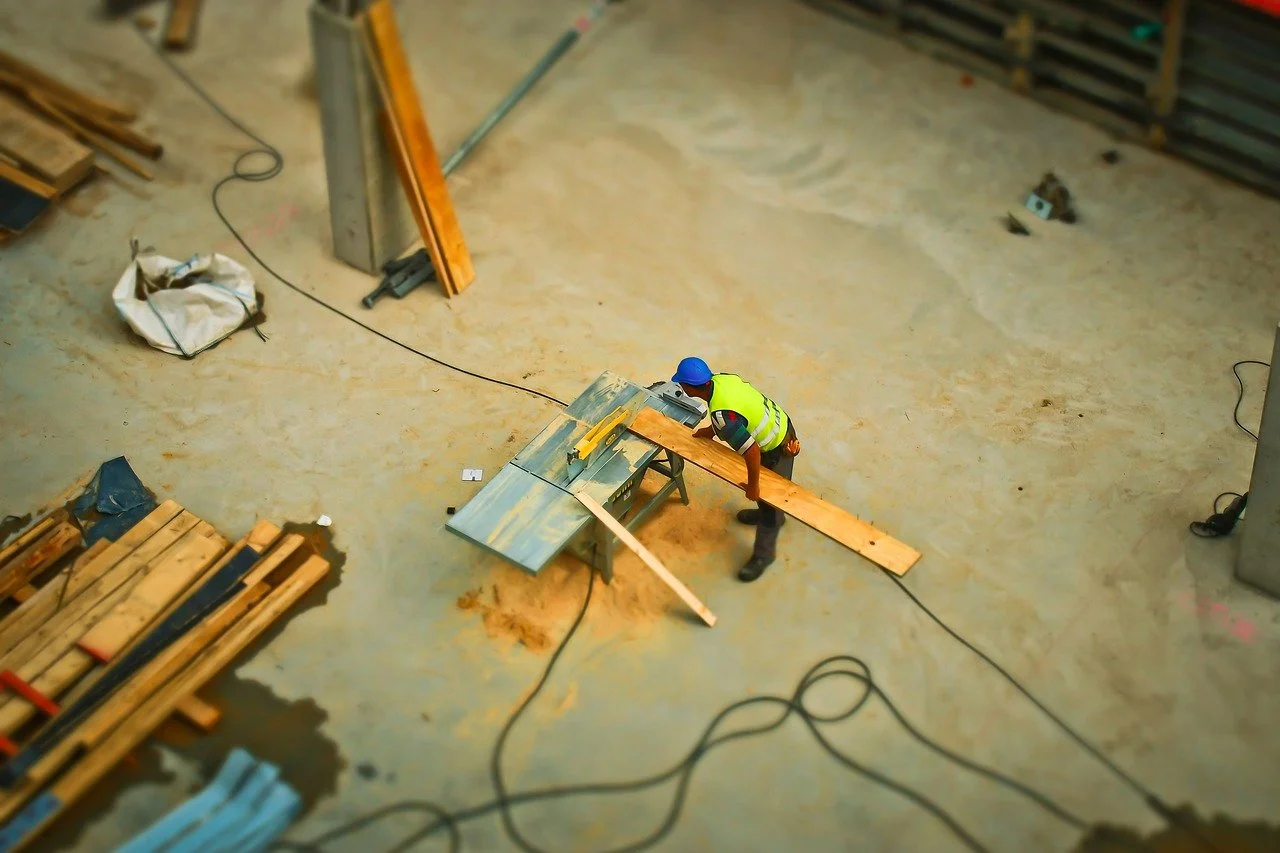5 Ways How Technology Is Revolutionizing The Construction Industry
RH Business Marketing Solutions
The construction industry is continuously and rapidly evolving, thanks to contemporary technology.
Previously, when technology was limited, managing a construction project was challenging for project managers. It was also time-consuming and unsafe, especially for workers, who would drill holes, dig the trenches with shovels, cut boards, and do all other dangerous labor by hand.
However, that all changed with the new and advanced construction technology. This improved technology shifted the whole perspective of the construction industry. It brought new tools and techniques like drones, robotics, mobile applications, 3D-printed buildings, and autonomous heavy equipment, currently used in most construction sites globally.
But this is just a glimpse of how this new technology has changed the construction industry. So, sit back and read this article to the conclusion, as it will explain further how this new technology has revolutionized the construction industry.
1. Increased Safety for Workers
Technology's brilliant impact on construction is unmistakably evident in enhanced worker safety. Once upon a time, the wellbeing of construction site workers was uncertain. Injury and even fatal accidents were potential risks as workers found themselves in risky areas such as towering structures and bridges.
However, today's construction technology has changed this narrative for the better. High-end construction companies like Costas Constructions, who have embraced this modern technology, can now guarantee their workers' improved safety. This is through using technological tools like drones and robotics to detect dangers like potential columns or concrete collapse from a distance. One does not need to be near a distance to detect any potential danger, as all that is accomplished with drones.
Also, other wearable tech tools like helmets are used to help keep track of how long a worker has stayed on site. Workers who have worked longer than the standard time can be instructed to rest or take a break. Rests and breaks are essential as they save one from causing errors that can lead to their injury.
2. Reduced Errors
Adopting technology in the construction industry has helped reduce errors caused by workers. Since humans are to error, workers are bound to make mistakes that can be costly. However, new technologies like 3D modeling, digital blueprints, and project management software are not. These tools are embedded with high precision and accuracy that humans can only long for.
This means, saving time and resources that might otherwise go into tackling human mistakes, and reworks. For instance, digital plans simplify things for project leaders, especially when sorting the layout of a project. They can be generated, reviewed, and adjusted quickly, while keeping things precise than humans.
Project management software promotes collaboration by coordinating and scheduling tasks between contractors, architects, and engineers. On the other hand, 3D modeling allows for the visualization of construction projects, enabling the teams responsible to spot any potential issues before they evolve into costly mistakes in the future.
3. Improved Speed and Productivity
A few years back, constructing a ten-story building could take several months or even years. This was because the only tool known to man was their hands, which were slow and tired faster. Other essential tools had barely come into existence. But technology transformed all this.
Technology introduced equipment like drones, 3D printers, and mobile applications that enhanced productivity and work rates in the construction industry. But how exactly? Mobile applications made it easier for all construction workers to stay in the loop as they could access, edit, and share essential project documents while on site.
Drones could be flown even in dangerous areas for human entry and inspect possible issues. They could take real-time pictures, which would then be made available to the engineers to evaluate and develop solutions for any issues.
4. Less Environmental Impact
As environmentalists like to put it, the environment plays a significant role in human life; thus, we should all join hands in preserving it. Preserving the environment is mainly done through promoting sustainability, and technology has achieved this in the construction industry.
Previously, materials like concrete and steel were used in the construction projects. These materials had a high environmental impact as they required more energy and resources to produce. But technology changed all this.
Technology brought eco-friendly alternatives like 3D printing, allowing construction companies to develop projects like bridges with lighter materials that needed reduced energy and resources. Technology also developed innovative ways of recycling materials like concrete, thus reducing the environmental impact of creating one from scratch.
5. Brought New, Better Materials and Methods
Technology has revamped the building industry in another exciting way: it brought advanced construction materials and techniques. The past building materials were fine, but they needed enhancement. Enhancing them involved figuring out how to recycle them in case of demolition, and technology made this possible.
New construction technology has developed ways to recycle and reuse materials such as concrete and rubber previously used in construction projects. These new recycled materials save construction companies money and help promote sustainable construction.
Additionally, technology has adopted heavy mechanization, such as loaders, trenchers, graders, and excavators, as part of the new construction techniques. These heavy machines operate faster and can safely reach places that are unsafe for humans. Thus, they help speed up the construction processes, boosting efficiency in the construction sector.
Conclusion
Some decades ago, the construction industry was weak. This was mainly because technology was neither advanced nor embraced. But as years passed, new construction technologies evolved, and more construction companies embraced it, and ever since, a lot has transformed.
Technology has shown how to advance and improve the construction industry, from increased worker safety to discovering new and better materials and methods. Thus, if your construction company considers investing a few thousand dollars in construction technology, be sure it will be worth every penny in the long run.



